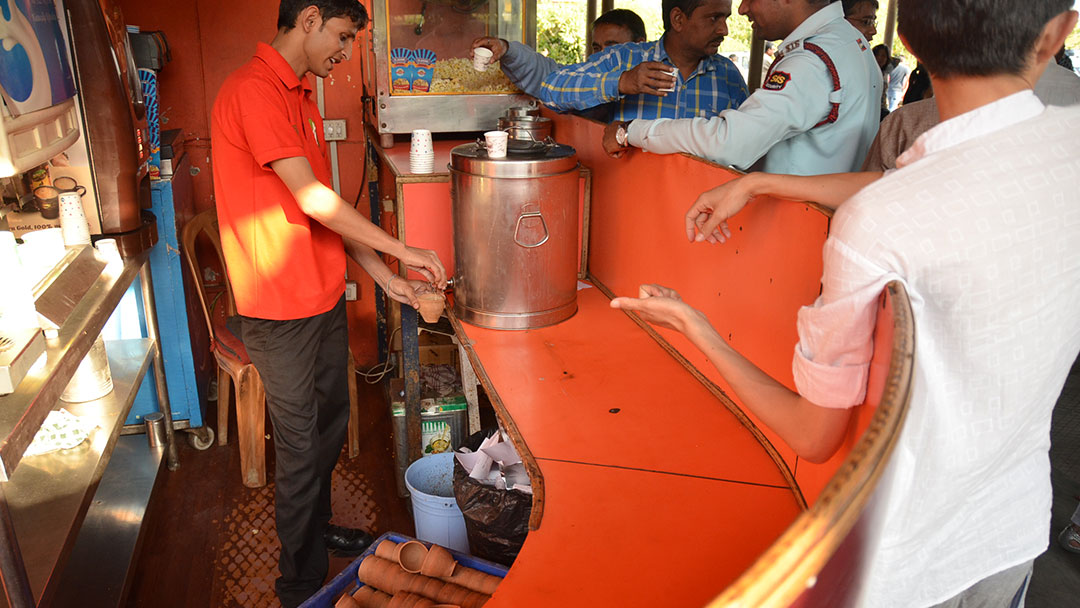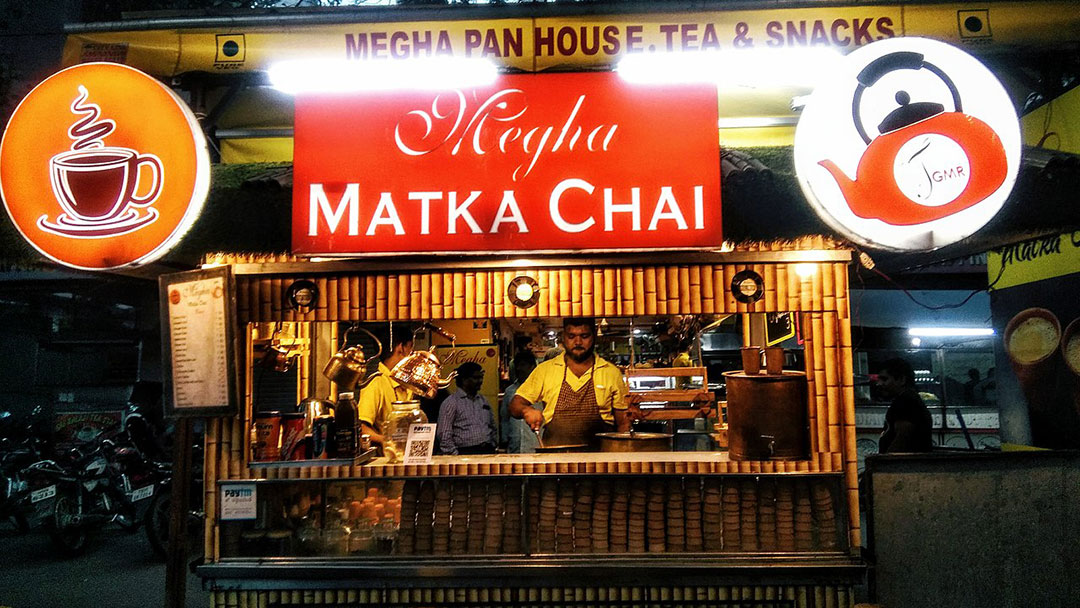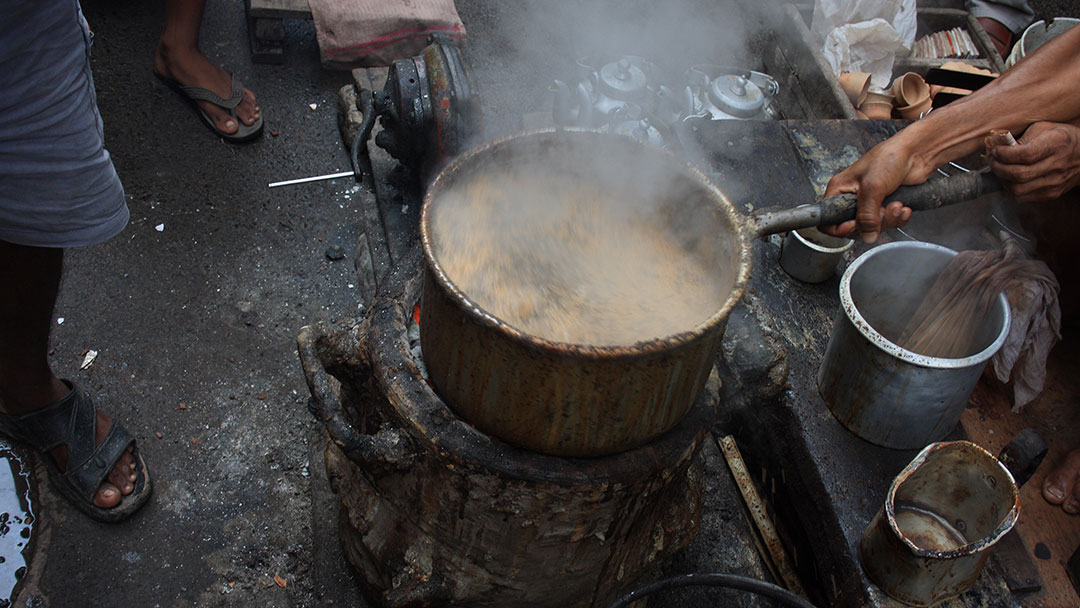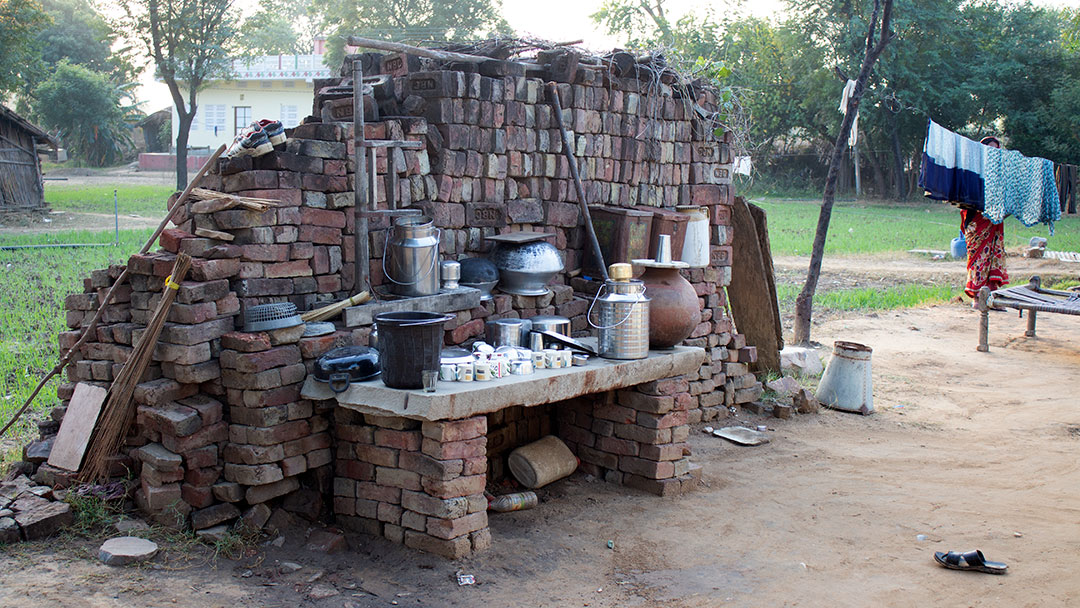Chai! Chai! Chai! Chai!
Key points
- masala chai (mixed spiced tea), originating in india has gained huge worldwide popularity
- there are thousands of variations on how to make chai
- a visit to ikaki bagh is a chance to taste and make real masala chai
“Chai! Chai! Chai! Chai!”
You will often hear this above the noise of the crowd on a local train, in the bazaar or from the streets in India. It is the drink of India and an essential part of the rhythm of Indian life.
Western readers have seen phenomenal growth in the popularity of chai. Arguably, it is the single most popular food commodity adopted by the West in the last 20 years. But it is India where the heart and soul of chai truly lies.


What is Masala Chai?
Masala Chai, or ‘Chai’ is a street drink and available in every corner of the country. Chai is drunk by hundreds of millions of Indians every day.
In 2019, Indians consumed 1,009,000 million tonnes of tea.
Chai is a cultural thing in India. It helps people communicate with each other on a better level. This might be kickstarting the day, taking a break with friends, a gesture of welcome or an assistant to doing business.
India has the second largest market of newspapers in the world with well over 100,000 newspaper publications with a circulation of 240 million. This includes over 200 major dailies. It is a common early morning sight to see people reading their newspaper with their chai.
A chai wallah makes chai sold in public. The chai wallah operates as an individual, or as part of a small family business.
Some chai wallahs enjoy making their chai with a flourish. This involves pouring the chai from one vessel to another, from over a metre in height. Chai wallahs also enjoy serving their chai with the same flourish. The higher the pour into the smaller the cup, the better. Of course, this is executed without spilling a drop. It is fun to watch.
Businesses are handed down through the generations. They often build hundreds of loyal followers based on their special chai.
Chai can include a variety of different spices. Cardamon is the most common ingredient. A mixture of cinnamon, ginger, star of anise, cloves are popular inclusions. Coriander, pepper, nutmeg, and fennel are also used. They are less common and used more selectively.
There are also thousands of local variations depending on which part of India you are in. Indeed, every family has a blend to suit its tastes. These recipes are held dearly by the families.


How is Chai made and the question of milk?
There is no single recipe for making chai. In simplistic terms, the following are the basics of the process of making chai. There is also the big question of whether to include milk.
- In a mortar, crush ingredients such as cloves, cardamon and cinnamon. It is essential to crush these to extract their flavour
- Transfer these spices to a small saucepan. Add water, ginger, pepper, and other spices of choice and bring to the boil
- Remove the saucepan from the heat. Let it steep for a least five minutes
- If you are adding milk and sugar, this a stage to do so. Bring all ingredients back to the boil. However, you can add milk and sweeten the chai as a last step
- Remove from the heat and add the tea of choice
- Cover and let steep for three minutes
- Stir the chai, strain into a teapot or cups directly
Milk is essential to all chai today, but this was not always the case. The origins of chai lie in date back thousands of years in India. At this point, spiced beverages were used for ayurvedic medicinal purposes.
Adding black tea, and especially milk and a sweetener to chai was not popularised until the mid-1880s. It coincided with the establishment of the tea industry by the British, who ruled India at the time.
The British had an insatiable appetite for strong black tea, flavoured with milk and sugar. It was only a matter of time before this synthesis of chai was established.
As with so many things about chai, there is debate and choice about what is the best milk to use. Indian chai is most typically made with buffalo milk. Western versions more typically use cow’s milk. More recently, non-animal milks have found increasing popularity. These include soy, almond, rice and coconut milks.

Enjoying Chai at Ikaki Bagh
Visitors to Ikaki Bagh have a variety of ways to enjoy and appreciate authentic, real chai. These include:
- Learning to make your own chai from scratch under the guidance of our team. Perhaps you want to take on the challenge of the ‘high pour’ of some chai wallahs?
- Enjoying a cup of chai as part of a walking tour visit to the nearby Jhinjha village. The women of the village will happily show you their technique
- Simply enjoying a cup of chai as part of your home-cooked meal that is part of your visit
These are wonderful ways to meet the people and embrace the local village culture.
Indian chai is often more different than Western visitors expect. It is spicier and sweeter. It is also more aromatic and refreshing than most chai made in the West. Local chai takes visitors by surprise how delicious and memorable it is. In one sense a simple drink, in another a tantalising beverage steeped in history.
It is a beautiful experience to sit back and relax with a cup of authentic chai and enjoy the serenity of Ikaki Bagh. You will know you are in India.

